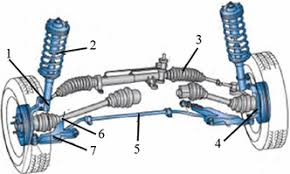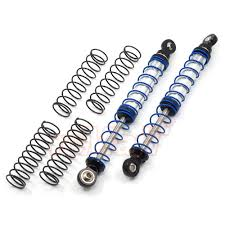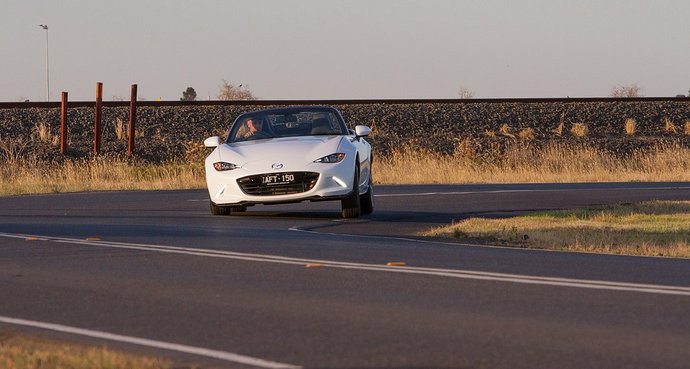I am a Mechanical Engineering student at NUST and I have spent my last 3 years studying car particularly
steering and suspension. So, I will give you some information regarding pros and cons of suspension and the science behind it.
WHAT IS SUSPENSION?
Its a system consisting of shocks, tires and its linkages. Steering is a major factor that is affected by suspension geometry.

WHAT IS SHOCK?
Shock is a combination of two things in most cases; one is spring and other is damper. We can adjust damping ratio and spring stiffness to get desired properties.
Damping Ratio
The damping ratio is a dimensionless measure describing how oscillations in a system decay after a disturbance. So, more the damping ratio, lesser the oscillations and harder the ride.
Stiffnes
Stiffness is the force required to cause unit deflection. So, if stiffness is larger, it means more force is required to compress a spring and so harder is the ride.
Now, that we have learned what are the factors that affect our ride, now coming to main topic:
STIFF SUSPENSION:
If value of stiffness and damping ratio both are HIGH then our ride will be very stiff.
When car reaches pothole, then a stiff spring will not allow more extension of spring and tyre will not touch the ground and so whole body will do down due to gravity and so pothole will be felt in whole body.
At, high speed turns, the force on inner tires will be more than outer tires. So, inner tires will compress and outer tires will extend. But, stiff springs will not allow more extension, So, the car will lose ground as shown in figure below
Pros:
- Now, these stiff springs will increase steering sensitivity. So, at low speed we can feel the steering wheel taking the car going where we want it take.
Cons
- The ride is very hard and uncomfortable.
- Less grip at high speeds.
SOFT SUSPENSION:
A soft suspension will have soft spring meaning it will allow more compression and extension.
So, when car hits potholes, the springs will allow more extension and tire will make contact with ground and whole chassis will remain in its shape. So, bump will not be felt in the car inside.
During turning at high speeds, the inner tires will compress more and outer tires will extend more, So tire will make contact with ground which increase grip, but the steering will feel unstable due to load transfer on one side. As, shown in figure below the tires maintained contact with ground but the chassis weight is shifted on one side that effect steering.
PROS
- Soft comfortable ride,
- Maximum road grip
CONS
- Steering feel not present. Car only "feel", not connected to ground.
CONCLUSION:
In, road cars, the combination is to go for SOFT SUSPENSION and LOW GROUND CLEARANCE.
Soft suspension will increase grip and comfort and low ground clear clearance will give grip and steering feel.
No, comparing most common cars in Pakistan:
But for Pakistani roads, we need high ground clearance thats why people pick COROLLA more for both urban and rural use, and pick CIVIC for urban use only and pick CITY because they don't like Toyota.
created
 Feb '19
Feb '19last reply
 Apr '24
Apr '24- 15
replies
- 9.4k
views
- 9
users
- 8
likes



